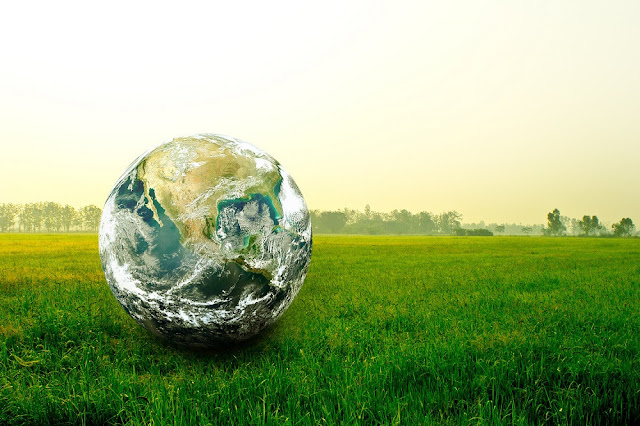Innovations Driving The Growth Of The Cosmetic Packaging Market
 |
| Cosmetic Packaging Market |
In today's world, consumers are increasingly conscious of their
environmental impact. As a result, eco-friendly and sustainable packaging
solutions have gained tremendous popularity. Brands are embracing biodegradable
materials, recycled plastics, and compostable alternatives to reduce their
carbon footprint. This shift towards sustainability not only enhances a brand's
image but also resonates with environmentally conscious consumers, thereby
driving market growth.
Global
Cosmetic Packaging Market Was Valued At US$
29295.61 Million In 2021 In Terms Of Revenue,
Exhibiting A CAGR Of 3.84 %
During The Forecast Period (2022 To 2030).
One size doesn't fit all, and cosmetic packaging companies have
recognized this. The trend of personalized packaging is on the rise, allowing
consumers to create their own unique packaging designs, colors, and materials.
This level of customization helps brands forge stronger connections with their
customers, fostering brand loyalty and repeat purchases.
The integration of technology in cosmetic packaging is a game-changer.
Augmented Reality (AR) and Near Field Communication (NFC) technology are being
used to create interactive packaging experiences for customers. AR allows
consumers to virtually try on makeup products, while NFC-enabled packaging can
provide product information, promotions, and loyalty rewards, further engaging
customers and enhancing their overall experience.
In recent years, there has been a surge in demand for minimalistic and
luxurious cosmetic packaging. Simple, elegant designs are perceived as
sophisticated and often associated with high-quality products. Brands are
utilizing sleek and minimalist packaging to create a sense of exclusivity and
premiumness, catering to the luxury segment of the Cosmetic Packaging Market.
Pump dispensers, airless containers, and other contactless packaging
solutions are gaining popularity as they minimize the risk of contamination and
preserve the product's integrity. The global shift towards urbanization and the
rise of e-commerce have significantly impacted the Cosmetic Packaging Market. Urban dwellers often seek compact and
travel-friendly packaging, while the e-commerce boom requires robust and secure
packaging solutions to withstand the rigors of transportation. Cosmetic brands
are adapting their packaging to suit these changing consumer behaviors and
distribution channels.
Consumers are increasingly demanding inclusivity and diversity in all
aspects of the beauty industry, including packaging. Brands are responding by
featuring diverse models and embracing a wider range of skin tones, body types,
and hair textures on their packaging. This approach not only reflects a more
inclusive society but also resonates with a broader customer base.
The concept of "smart packaging" is revolutionizing the
cosmetic industry. Smart packaging incorporates features like
temperature-sensitive labels to indicate product freshness, time-release
mechanisms, and indicators that monitor product usage. These innovations not
only provide consumers with valuable information but also ensure better product
efficacy.



Comments
Post a Comment